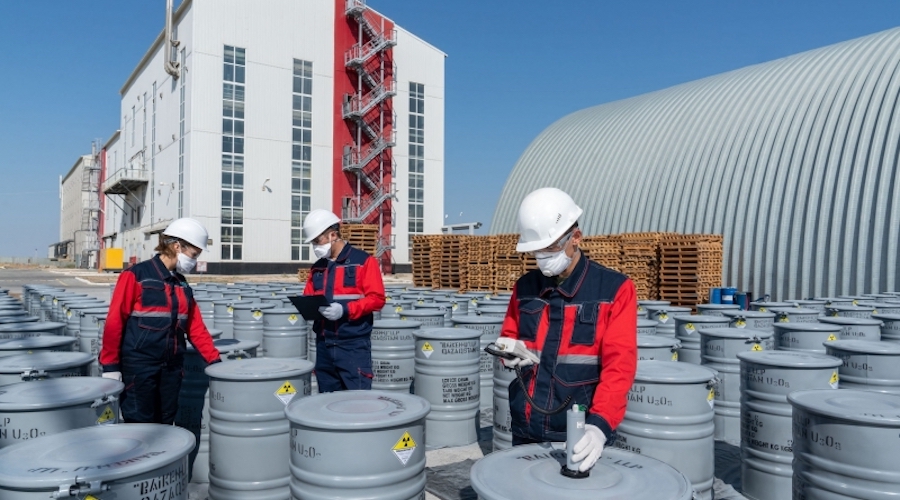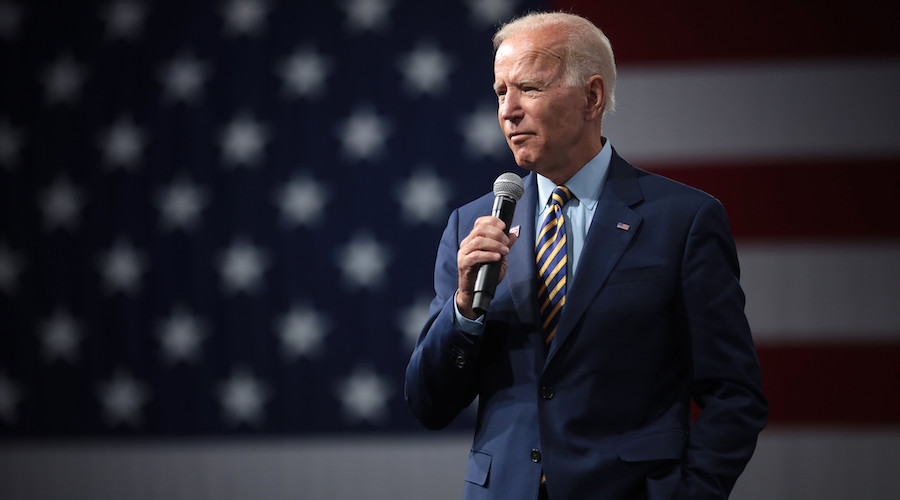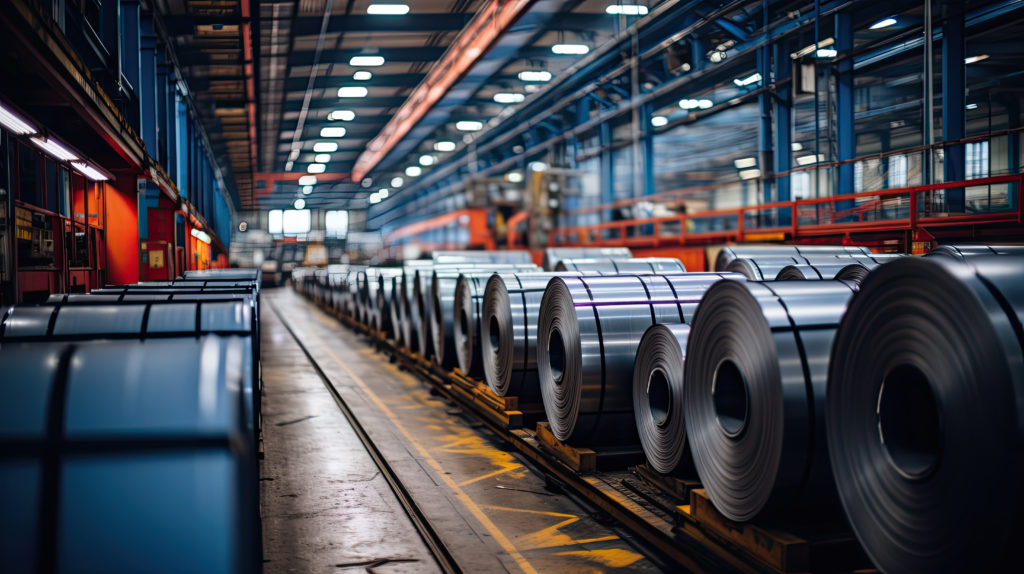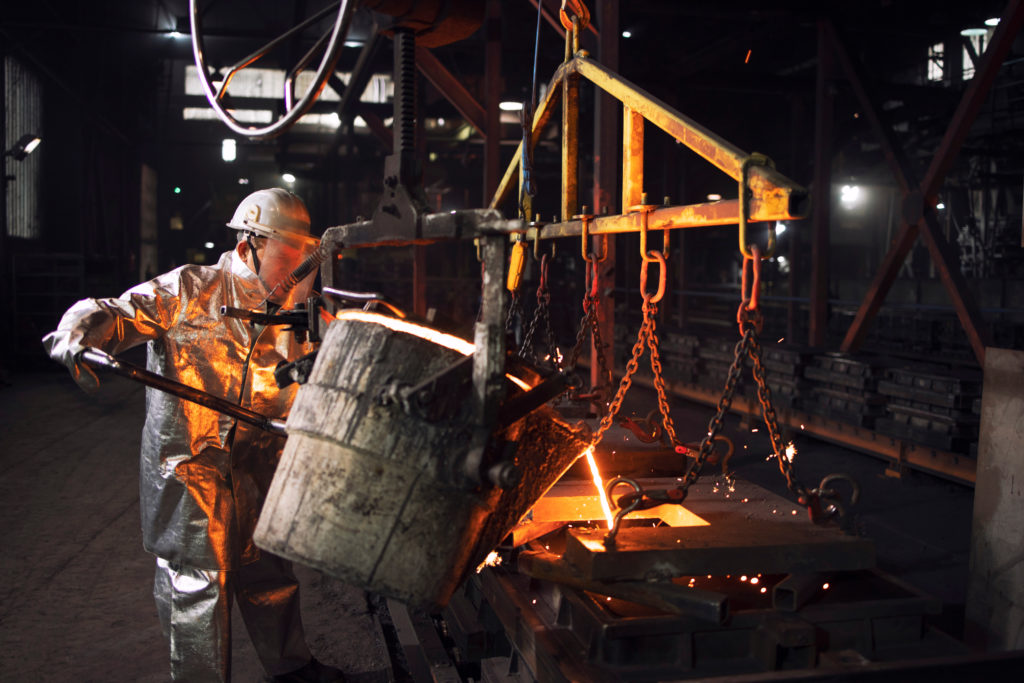By Charles Kennedy - Jan 03, 2025
![]()
South Africa’s recently adopted tax breaks for electric vehicle production have already piqued the interest of three Chinese EV manufacturers to invest in new-energy vehicles in the African country, an official at the local automotive association told Bloomberg.
Three car makers from China have already signed non-disclosure agreements with the South African Automotive Business Council, its CEO Mikel Mabasa told the newswire in an interview published on Friday.
Mabasa did not elaborate on which these automakers are.
South Africa now has as much as a 150% tax deduction on investment in electric- and hydrogen-powered vehicle production.
Chinese EVs are already competing with the South African manufacturing bases of global giants such as Toyota and Volkswagen AG.
Despite the plans for the massive tax breaks – months in the works – no Western manufacturer has announced yet new investments in EVs or other zero-emission vehicles.
Earlier this year, Volkswagen and Isuzu Motors said they do not have immediate plans to make electric or hybrid vehicles in South Africa despite generous tax breaks in the country.
South Africa has said that companies that invest in the production of electric vehicles (EVs) in the country would be able to claim a 150% tax deduction on these investments, beginning in 2026. The country aims to attract EV manufacturing and incentivize its EV and hydrogen industries, which are relatively small and underdeveloped.
However, Volkswagen and Isuzu plan to remain focused on vehicles with internal combustion engines in South Africa, the respective regional heads of the two auto manufacturers told Bloomberg.
Stellantis, however, is weighing the possibility of expanding its South African production into the new-energy vehicles (NEVs), as EVs, plug-in hybrids, and traditional hybrids are known.
Stellantis’s decision would depend on whether a market for these vehicles emerges in South Africa, the managing director of the company’s South African unit, Mike Whitfield, told Bloomberg in an interview in June.
By Charles Kennedy for Oilprice.com
South Africa’s recently adopted tax breaks for electric vehicle production have already piqued the interest of three Chinese EV manufacturers to invest in new-energy vehicles in the African country, an official at the local automotive association told Bloomberg.
Three car makers from China have already signed non-disclosure agreements with the South African Automotive Business Council, its CEO Mikel Mabasa told the newswire in an interview published on Friday.
Mabasa did not elaborate on which these automakers are.
South Africa now has as much as a 150% tax deduction on investment in electric- and hydrogen-powered vehicle production.
Chinese EVs are already competing with the South African manufacturing bases of global giants such as Toyota and Volkswagen AG.
Despite the plans for the massive tax breaks – months in the works – no Western manufacturer has announced yet new investments in EVs or other zero-emission vehicles.
Earlier this year, Volkswagen and Isuzu Motors said they do not have immediate plans to make electric or hybrid vehicles in South Africa despite generous tax breaks in the country.
South Africa has said that companies that invest in the production of electric vehicles (EVs) in the country would be able to claim a 150% tax deduction on these investments, beginning in 2026. The country aims to attract EV manufacturing and incentivize its EV and hydrogen industries, which are relatively small and underdeveloped.
However, Volkswagen and Isuzu plan to remain focused on vehicles with internal combustion engines in South Africa, the respective regional heads of the two auto manufacturers told Bloomberg.
Stellantis, however, is weighing the possibility of expanding its South African production into the new-energy vehicles (NEVs), as EVs, plug-in hybrids, and traditional hybrids are known.
Stellantis’s decision would depend on whether a market for these vehicles emerges in South Africa, the managing director of the company’s South African unit, Mike Whitfield, told Bloomberg in an interview in June.
By Charles Kennedy for Oilprice.com















